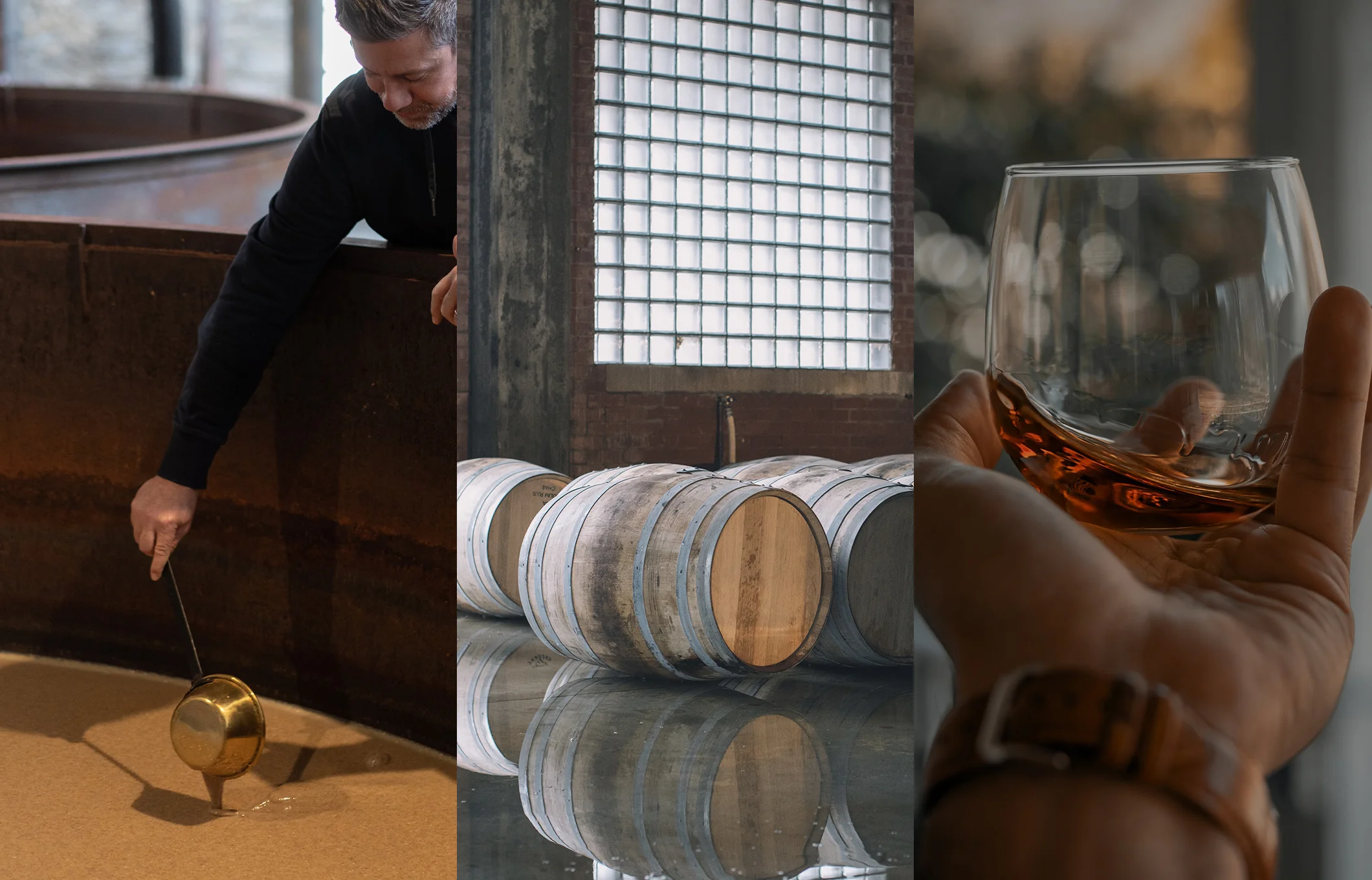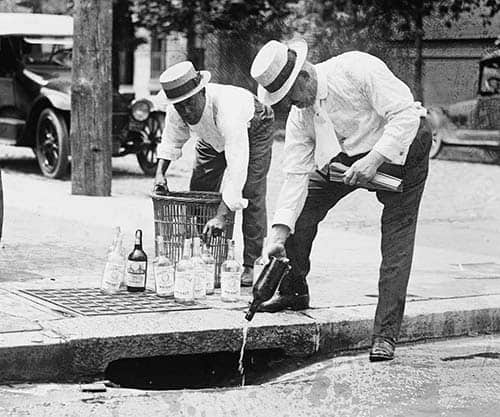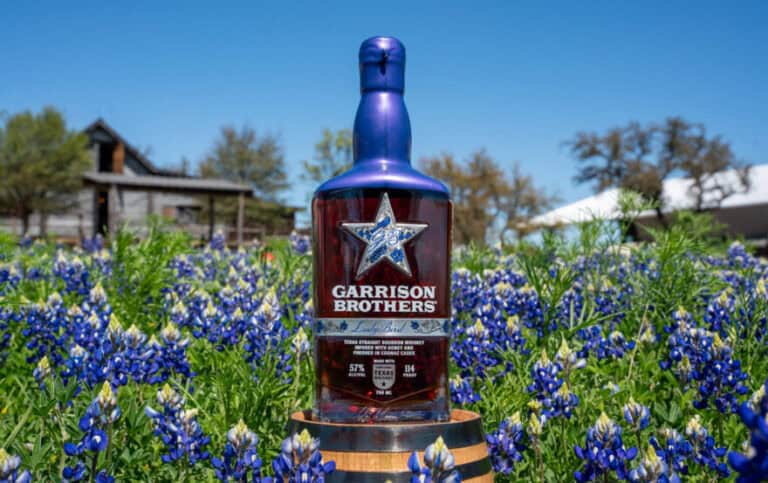Understanding American Whiskey
American whiskey is more than just a spirit; it’s a piece of history, a cultural icon, and a testament to the ingenuity and resilience of American distillers. From its humble beginnings in the hands of early settlers to its current status as a beloved and celebrated beverage, American whiskey has carved out a unique place in the world of spirits.
This guide about understanding American whiskey delves into the rich tapestry of whiskey, exploring its definition, history, key characteristics, and the various types that make it so special. Whether you’re a seasoned whiskey enthusiast or a curious newcomer, join us on this journey to understand the heart and soul of American whiskey.
What is American Whiskey?
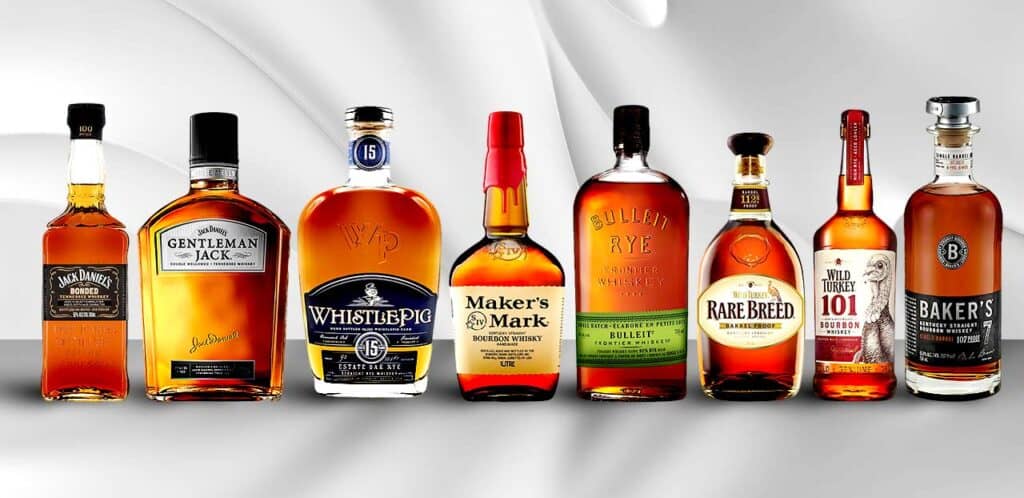
American whiskey is a distilled alcoholic beverage made primarily from grains such as corn, rye, barley, and wheat. It stands out for its diverse range of flavors and styles, which are largely influenced by the grain mixtures used, the distillation process, and the aging methods. To be classified as American whiskey, it must be produced in the United States and meet specific regulatory requirements.
Whiskey is distinguished from other spirits by its aging process and the use of specific grains. The United States regulations for whiskey production are stringent, ensuring that each variety meets precise standards. The differences in flavor between the types of whiskey are due to the unique combinations of grains, fermentation processes, and aging conditions.
A Brief History of American Whiskey
American whiskey has a rich and storied history that dates back to the early settlers in the late 1700s. It has evolved through various stages, from early colonial distillation practices to its current status as a globally celebrated spirit.
The origins of American whiskey can be traced back to European settlers who brought distillation knowledge with them. These early settlers adapted their techniques to the New World, using locally available grains such as corn and rye. By the late 18th century, whiskey production had become a significant industry, particularly in regions like Pennsylvania and Kentucky.
Early American whiskey was often used as a form of currency and was a staple in many households. The surplus grain from farming made whiskey production an economical way to use and preserve crops. Distillers quickly learned that the American climate, with its seasonal temperature fluctuations, was ideal for aging whiskey, which enhanced its flavors.
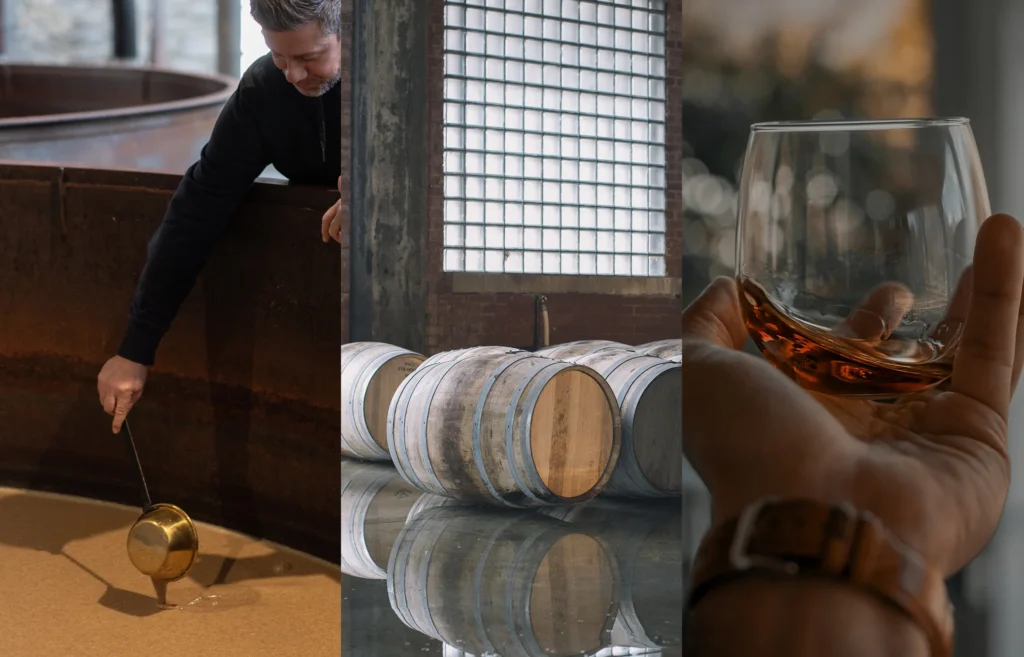
Prohibition Era and Its Impact
The Prohibition era (1920-1933) was a tumultuous time for American whiskey. The 18th Amendment to the U.S. Constitution banned the manufacture, sale, and transportation of alcoholic beverages, leading to a sharp decline in legal whiskey production. However, this period also saw the rise of bootlegging and illegal distilleries. The end of Prohibition marked a resurgence in the whiskey industry, but it took several decades for it to fully recover.
During Prohibition, many distilleries were forced to shut down or operate covertly. Some survived by producing “medicinal whiskey,” which was legally available through pharmacies with a prescription. The quality of whiskey during this time varied greatly, as many illicit distillers lacked the proper equipment and expertise. After the repeal of Prohibition, the industry faced the challenge of rebuilding and regaining consumer trust.
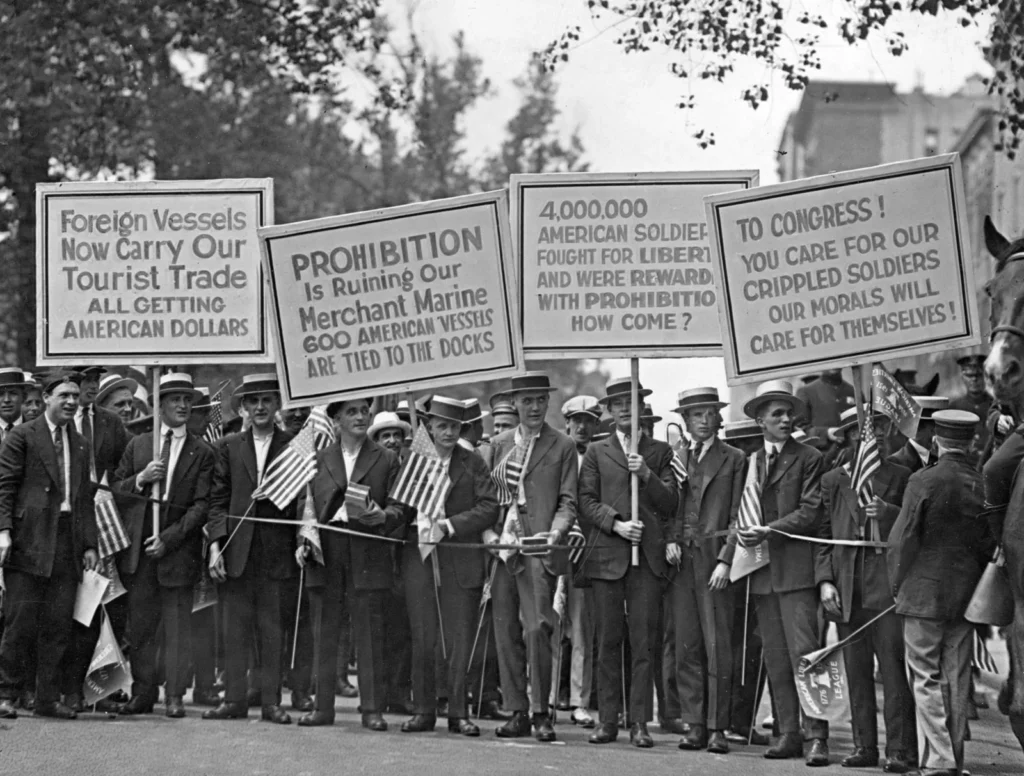
Modern-Day American Whiskey
Today, American whiskey is enjoying a renaissance. Craft distilleries are flourishing, and there is a renewed interest in traditional methods and unique flavors. Modern American whiskey is recognized for its quality and variety, with products ranging from small-batch bourbons to innovative blends.
The modern whiskey landscape is marked by a blend of tradition and innovation. Established brands continue to honor time-tested methods, while new distilleries experiment with different grains, aging techniques, and flavor profiles. This diversity has expanded the appeal of American whiskey, attracting enthusiasts worldwide and contributing to its booming popularity.
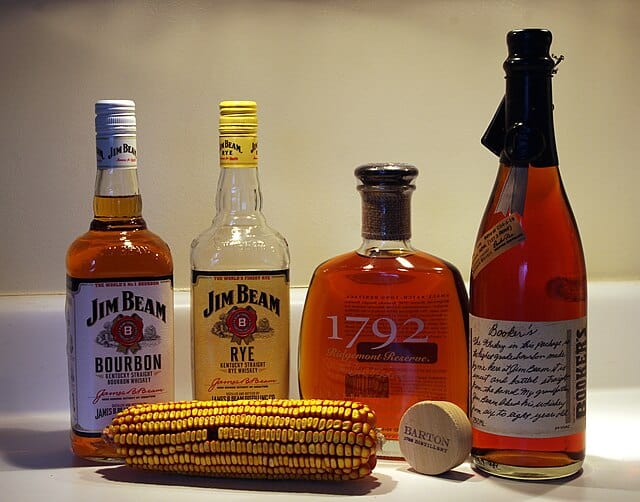
Key Characteristics
Ingredients Used in American Whiskey
The primary ingredients in American whiskey include grains such as corn, rye, barley, and wheat. Corn is a major component, particularly in bourbon, which must contain at least 51% corn. Rye whiskey, as the name suggests, uses a higher percentage of rye grain. These grains are mixed with water and yeast to create a mash, which is then fermented and distilled.
The choice of grains significantly affects the flavor profile of the whiskey. Corn imparts a sweet, smooth taste, while rye adds spiciness and complexity. Barley, often malted, contributes maltiness and enzymes that aid fermentation. Wheat provides a soft, mellow character. The specific combination of these grains, known as the mash bill, is a closely guarded secret for many distilleries.

Production Methods
The production of American whiskey involves several key steps: mashing, fermenting, distilling, aging, and bottling. Each step contributes to the final flavor and character of the whiskey.
Distillation Techniques
American whiskey is typically distilled in either pot stills or column stills. Pot stills are traditional and often used in smaller, craft distilleries. They tend to produce a more robust and flavorful spirit. Column stills, on the other hand, are more efficient and commonly used in larger production facilities. They allow for continuous distillation and produce a cleaner, lighter spirit.
Pot still distillation involves heating the fermented mash to separate alcohol from water and other components. The distillate is collected in different “cuts” – the heads, hearts, and tails – with only the hearts used for aging. Column stills, also known as continuous stills, consist of a series of stacked plates that continuously separate alcohol at different temperatures. This method is faster and produces a consistent product.
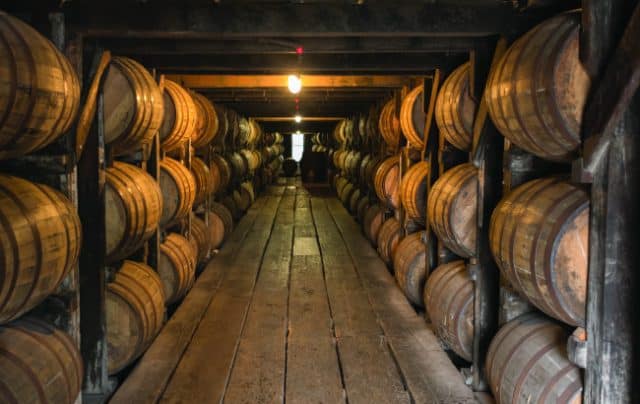
Aging Process
Aging is a critical component of whiskey production. American whiskey must be aged in new, charred oak barrels for a minimum of two years, though many are aged longer. The interaction between the spirit and the wood imparts complex flavors, including notes of vanilla, caramel, and spice. The aging process also contributes to the whiskey’s color and smoothness.
The charring of oak barrels creates a layer of charcoal that filters the whiskey, removing impurities and adding depth to the flavor. The whiskey absorbs compounds from the wood, such as tannins, lactones, and vanillin, which enhance its taste and aroma. The climate where the barrels are stored plays a significant role, with temperature fluctuations causing the wood to expand and contract, allowing the whiskey to penetrate deeper into the wood.
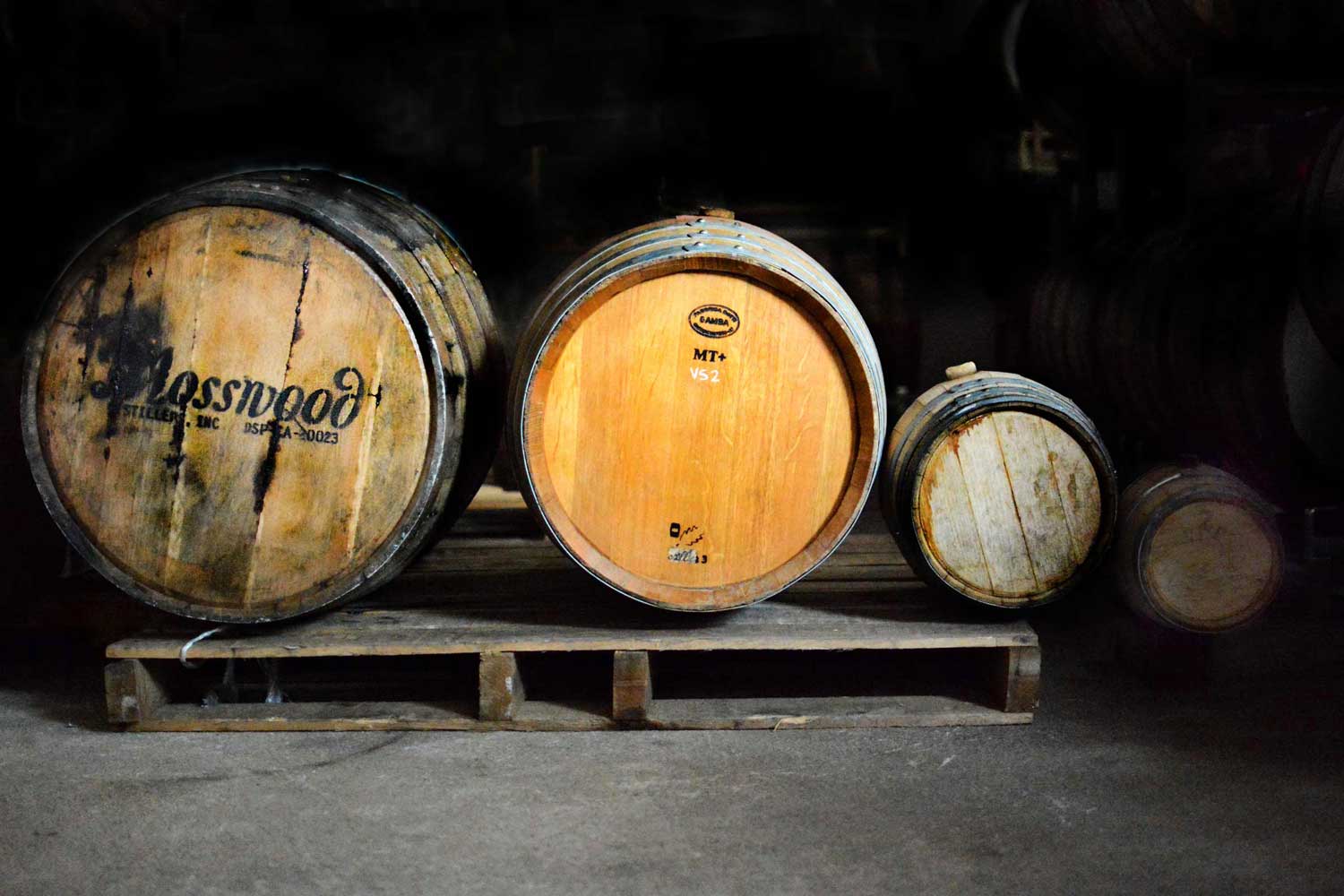
Types of American Whiskey
Bourbon
Bourbon is perhaps the most famous type of American whiskey. To be classified as bourbon, it must be made in the United States, contain at least 51% corn, and be aged in new, charred oak barrels. It is known for its rich, sweet flavor profile with hints of vanilla, caramel, and oak. Kentucky is particularly renowned for its bourbon production, but it is made in various states across the country.
Bourbon’s unique flavor comes from its high corn content, which imparts sweetness, and the aging process in new charred barrels, which adds complexity. Kentucky’s limestone-rich water and seasonal temperature variations are often credited with contributing to the state’s reputation for producing high-quality bourbon.

Rye Whiskey
Rye whiskey is distinguished by its higher rye content, which must be at least 51%. It has a spicier and more robust flavor compared to bourbon, with notes of pepper, cinnamon, and clove. Rye whiskey was historically popular in the northeastern United States but has seen a resurgence in recent years.
Rye whiskey’s bold flavor makes it a favorite among mixologists for classic cocktails like the Manhattan and the Old Fashioned. The resurgence of craft cocktails has paralleled the comeback of rye whiskey, with both new and established distilleries producing a variety of expressions, from straight rye to unique blends.
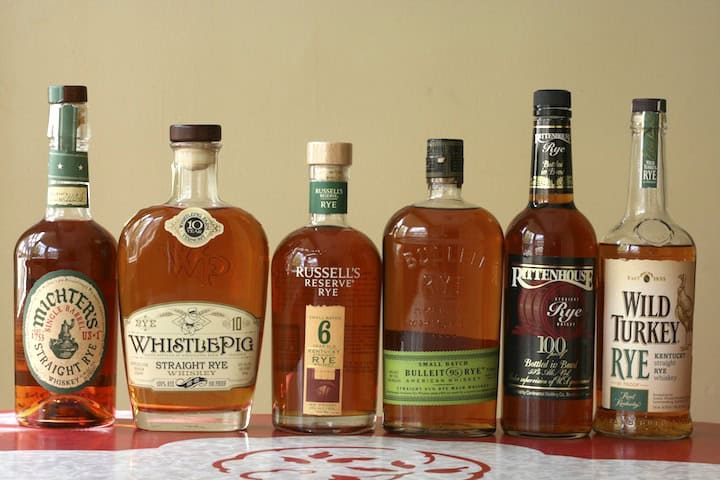
Tennessee Whiskey
Tennessee whiskey is similar to bourbon but includes an additional step known as the Lincoln County Process, in which the whiskey is filtered through charcoal before aging. This process mellows the spirit and adds unique flavors. Jack Daniel’s is the most famous example of Tennessee whiskey.
The Lincoln County Process involves passing the fresh distillate through maple charcoal, a method that removes impurities and imparts a distinctive smoothness. This extra step differentiates Tennessee whiskey from bourbon and contributes to its unique character. Tennessee whiskey must meet the same requirements as bourbon, including the use of at least 51% corn and aging in new charred oak barrels.
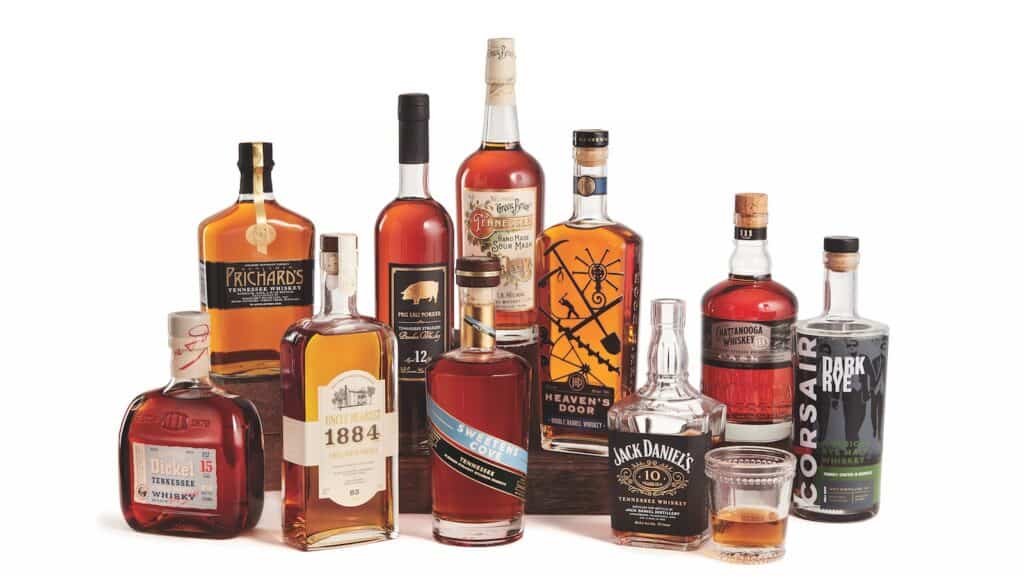
Other Varieties
In addition to bourbon, rye, and Tennessee whiskey, there are several other varieties of American whiskey. These include corn whiskey, which is made from at least 80% corn and typically unaged or aged in used barrels, and wheat whiskey, which contains a higher proportion of wheat in the mash bill. There are also blended American whiskeys, which combine different types of whiskey and neutral spirits to create a balanced flavor profile.
Corn whiskey offers a lighter, sweeter taste and is often consumed young, without the extensive aging required for other whiskeys. Wheat whiskey provides a softer, more mellow profile compared to rye or bourbon. Blended whiskeys offer versatility and consistency, appealing to a broad range of palates. They often combine the strengths of various whiskey types, resulting in a harmonious blend that can be enjoyed straight or in cocktails.
FAQs
Conclusion
Understanding American whiskey requires an appreciation of its rich history, diverse types, and complex production processes. From the early days of distillation to the modern renaissance of craft spirits, American whiskey continues to evolve and captivate enthusiasts around the world. Whether you prefer the sweetness of bourbon, the spiciness of rye, or the smoothness of Tennessee whiskey, there is an American whiskey to suit every palate.
Disclosure: Our blog contains affiliate links to products. We may receive a commission for purchases made through these links. However, this does not impact our reviews and comparisons. We try our best to keep things fair and balanced, in order to help you make the best choice for you.

